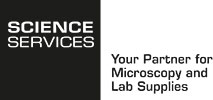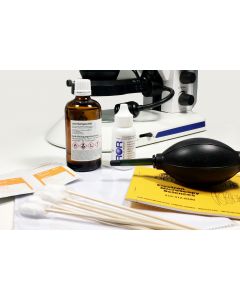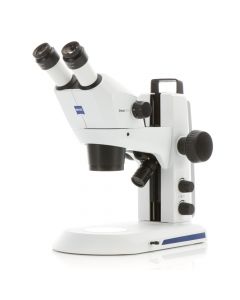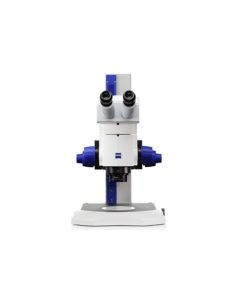Stereo Microscopes
(5)Stereomicroscopes use two design principles: the Greenough microscope and the Abbe principle. In the Greenough type, both beam paths are completely separated from each other. The stereo angle is generated by two objectives in a common mount, whose optical axes are inclined towards each other. The Abbe system, on the other hand, uses a single main objective in which a combination of trapezoidal prisms enables depth perception by artificially enlarging the angle of view.
The advantages of stereo microscopes include the three-dimensional representation of objects and increased depth perception. In addition, the large field of view is particularly suitable for viewing surfaces or living organisms at low magnifications.
Applications include:
- Life sciences: for observation of insects, plants and other biological specimens.
- Geology and material analysis: for inspecting large-scale thin sections of rock, in material production and quality control.
- Research and teaching: for use in courses at research institutions and for carrying out experiments in schools








